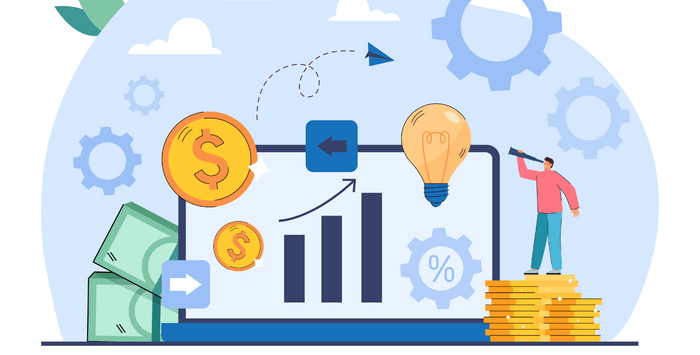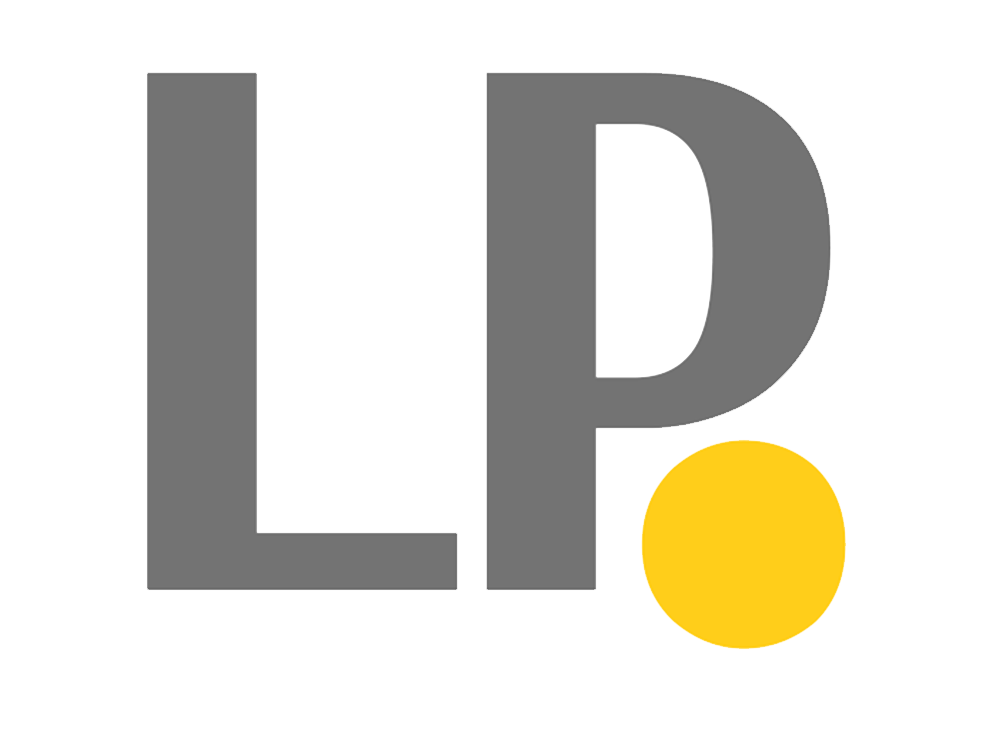
In many industries cash flow is important to keep this interconnected web running smoothly, since all the participants rely on each other's healthy cash flow. Reverse factoring emerged out of this cash-flow interdependency. Reverse factoring, also known as supply chain financing accelerates payments and optimize working capital.
Reverse factoring refers to a concept when a company, the buyer reaches out to a financial institution to pay its suppliers at a faster rate, thereby reducing the account Payable time for them, the buyer and the account receivables time for the suppliers. This allows the company to avoid a credit crunch and still get the supplies it needs. which in turn will charge an interest and will be paying out to the factor, the financial institution at the end of predefined time duration. The interest rate is usually based on the creditworthiness of the company, the length of time it takes for payment, and the amount of the invoice.
.png)
Reverse factoring is different from traditional factoring. Traditional factoring is a financial transaction in which a company sells its accounts receivable (i.e., invoices) at a discount to a third party called a factor. The factor pays the company the full-face value of the invoices, less a discount. The discount rate is usually based on the creditworthiness of the customer, the length of time it takes for payment, and the amount of the invoice. This type of financing is used by companies to obtain short-term working capital
|
|
Traditional Factoring |
Reverse Factoring |
|
Initiated by |
Seller |
Buyer |
|
What is Sold |
Account Receivable |
Account Payable |
|
Collection |
Factor collects from Buyer |
Buyer pays Factor |
|
Timing |
When sale is done, seller sells receivables to Factor |
Before the purchase, buyer contracts with Factor |
|
What are the revenue sources of the Factor |
Factor buys the receivables at a discount and collects full amount + may earns a transaction fee |
Buyer is charged interest. The seller may pay a small convenience fee to Factors and may also receive an early payment discount, |
|
Whose creditworthiness is relevant? |
The Buyer's |
The Buyer's |
Reverse factoring has already disrupted the industry. Although it started with the automobile industry, it has done wonders in many capital-intensive industries like aerospace, pharma, telecom, consumer packaged foods, chemicals, etc. Many fintech firms are trying to explore this avenue further.
© 2026 Business Consultant & Law Firm - Legacy Partners. All Rights Reserved.
Designed by Nuewelle Digital Solutions LLP

Legacy Partners
We typically reply in a few minutes